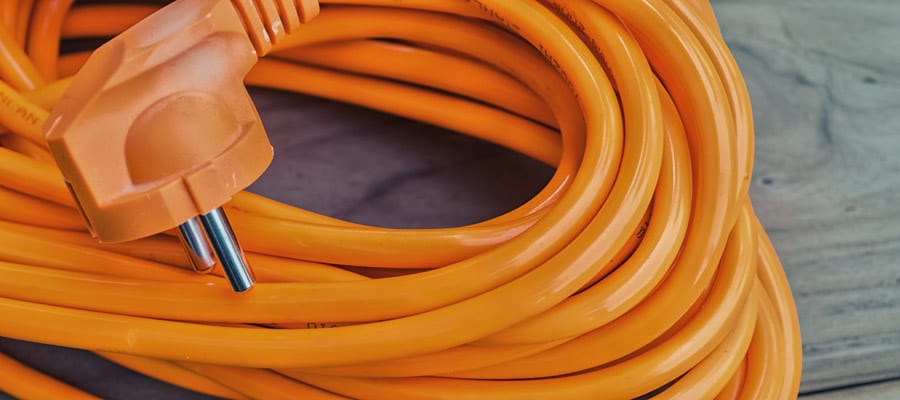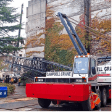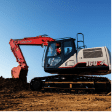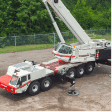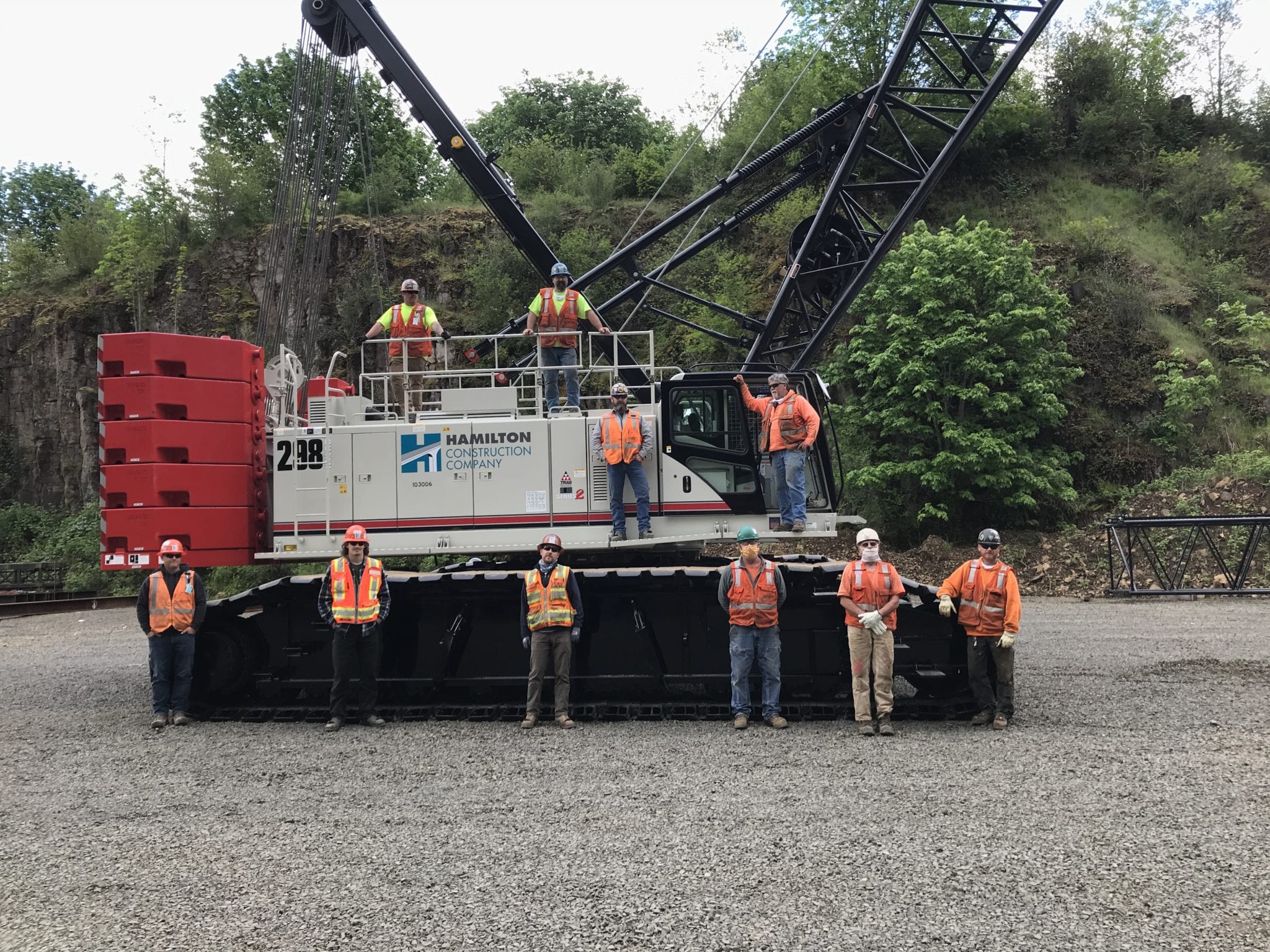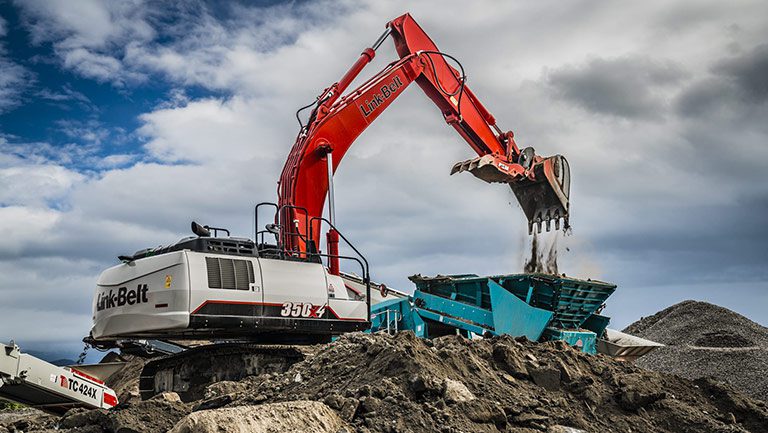Hand Tool Safety
According to OSHA…
Employees who use hand and power tools and are exposed to the hazards of falling, flying, abrasive, and splashing objects should be provided with the appropriate personal protective equipment. All electrical connections for these tools must be suitable for the type of tool and the working conditions (wet, dusty, flammable vapors).
OSHA recommends 5 basic safety rules can help prevent hazards associated with the use of hand and power tools:
- 1. Keep all tools in good condition with regular maintenance.
- 2. Use the right tool for the job.
- 3. Examine each tool for damage before use and do not use damaged tools.
- 4. Operate tools according to the manufacturers’ instructions.
- 5. Provide and use properly the right personal protective equipment.
Angle grinder hazards
Angle grinders can be a dangerous power tool. Kickbacks can result in severe cuts. Discs can shatter or disintegrate producing fragments that may become lodged in the operator’s eyes or other parts of the body, potentially causing a fatality. Always use eye or face protection!
Why is it important to check the rating of the cutting abrasive wheel before using it on a grinder?
Operating a grinder wheel above the rated maximum speed may shatter within minutes of operation and a flying disc with potential injury to the workers and others working around that person.
Guarding of hand tools
Ensure the proper guard is in place and not altered. These are in place for when the unexpected happens. It could save a finger or two!
Most common tool safety recommendations:
- Operate electric tools within their design limitations.
- Use gloves and appropriate safety footwear when using electric tools.
- Store electric tools in a dry place when not in use.
- Do not use electric tools in damp or wet locations unless they are approved for that purpose.
- Keep work areas well lighted when operating electric tools.
- Ensure that cords from electric tools do not present a tripping hazard.
- Always wear eye protection.
Hand Tool Safety & GFCI / GFI’s
What is a GFI (ground fault interrupter and how should it be used with hand tools? A ground-fault occurs when there is a break in the low-resistance grounding path from a tool or electrical system. The ground-fault circuit interrupter, or GFCI, is a fast-acting circuit breaker designed to shut off electric power in the event of a ground-fault within as little as 1/40 of a second. It works by comparing the amount of current going to and returning from equipment along the circuit conductors. When the amount going differs from the amount returning by approximately 5 milliamperes, the GFCI interrupts the current.
The GFCI is rated to trip quickly enough to prevent an electrical incident. If it is properly installed and maintained, this will happen as soon as the faulty tool is plugged in.
Two main types of GFI / GFCI: The Receptacle Type incorporates a GFCI device within one or more receptacle outlets. Such devices are becoming popular because of their low cost. The Cord-Connected Type of GFCI is an attachment plug incorporating the GFCI module. It protects the cord and any equipment attached to the cord. The attachment plug has a non-standard appearance with test and reset buttons. Like the portable type, it incorporates a no-voltage release device that will disconnect power to the load if any supply conductor is open.
What is the difference between a GFI and a GFCI?
One of the most common misconceptions in the electrical world is the difference between a GFCI receptacle and a GFI outlet. There is actually no difference at all. When discussing receptacles it either term may be used—referring to a ground fault circuit interrupter (GFCI) as simply a ground fault interrupter (GFI.)
Is it a good idea to use compressed air to blow dirt off clothing or work surfaces?
No! Under no circumstances should anyone use compressed air to clean off clothing or any part of the body. Many workplace injuries occur due to the misuse of compressed air. On rare occasions, some of the compressed air can enter the bloodstream through a break in the skin or a body opening. An air bubble in the bloodstream is known as an embolism, a dangerous medical condition in which a blood vessel is blocked, in this case, by an air bubble. An embolism of an artery can cause coma, paralysis or death depending upon its size, duration, and location.
Most industry airlines normally operate between 80 psi and 120 psi. OSHA requires that when an air gun is dead-ended (the tip of an air gun is blocked), the static pressure at the point of blockage is no more than 30 psi. Refer to the picture of the air nozzle with holes to prevent high-pressure injuries.
Electrical Cord Safety & Hazards
Electrical Extension cord safety Extension cords must be 3-wire type so they may be grounded, and to permit grounding of any tools or equipment connected to them. When a cord connector is wet, electric current can leak to the equipment grounding conductor, and to people who pick up that connector if they provide a path to ground. Such leakage can occur not just on the face of the connector, but at any wetted portion. Limit exposure of connectors and tools to excessive moisture by using watertight or sealable connectors.
How many volts does it take to stop the human heart? One would think a shock of 10,000 volts would be more deadly than 100 volts. But this is not so! Individuals have been electrocuted by appliances using ordinary house currents of 110 volts and by electrical apparatus in the industry using as little as 42 volts direct current.
Wet Hands: Do not plug an extension cord into an electric outlet with wet hands, or if either end of the plug is wet! Do not come in contact with or use any electrical items while standing in water.
Surge Protectors (Power Strips): Extension cords must be plugged directly into wall outlets. Do not “daisy chain” – do not plug extension cords into surge protectors or other extension cords.

